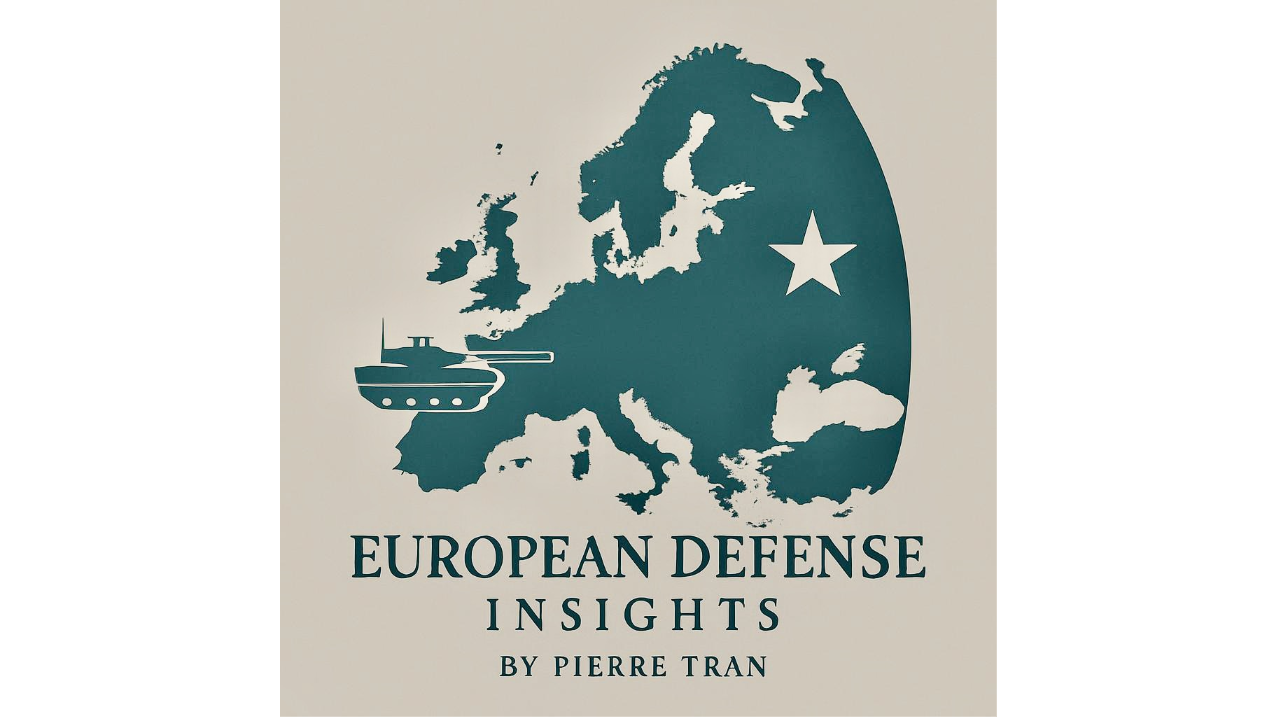By Pierre Tran
Paris – The key point on a planned European fighter jet lay in opting for clear program leadership with a prime contractor rather than assigning subcontractor work based on national funding, Dassault Aviation executive chairman Eric Trappier said July 22.
French officers had conducted “an audit on the efficiency of cooperation” on a new generation fighter (NGF), he told a news conference on first half 2025 financial results. Trappier was replying to a question on whether Dassault had claimed 80 pct work on the fighter project.
“We are not asking for 80 pct of work,” he said. “That is not a claim from Dassault.”
A corporate row between Dassault and its project partner Airbus Defence and Space appeared to have risen to the political summit. The issue of how to run a fighter program was due to be discussed by French President Emmanuel Macron and German Chancellor Friedrich Merz, when the leaders met July 23 for a working dinner in the leafy Berlin suburbs.
A French audit was conducted by the Direction Générale de l’Armement (DGA) procurement office, Trappier said, and presumably its Spanish and German counterparts.
“That aim was to improve governance,” he said. “A pilot” was needed to run the program.
That governance referred to how to manage the new fighter project, the critical pillar 1 in the future combat air system (FCAS) backed by France, Germany, and Spain. A combat cloud of command and communications network, and remote carriers – or combat drones – made up other parts of the complex airborne weapon system.
Timing was a factor, as a contract needed to be drafted for phase 2 in the fighter project. That phase 2 was due to begin in 2026, to fly a technology demonstrator in 2029/2030.
The row over program management was tied to work assigned to subcontractors, as Trappier insisted that Dassault should be free as architect and prime contractor to award work based on expertise of the subcontractors rather than on a contractual “juste retour” call on work share.
An active management approach conflicted with the present contractual arrangement, which designated Airbus DS as the lead subcontractor in Germany and Spain.
The contractual obligation for each of the three partner nations to receive one third of the work left Dassault constantly negotiating with the German and Spanish Airbus units which subcontractor should do the work, the French executive said.
Trappier appeared to cast doubt on the future combat air system, when asked whether Dassault would pull out of the project, in view of the corporate dispute.
“It is not a question of leaving FCAS but of deciding if it continues or not,” he said.
Merz has acknowledged there was contention on the fighter project, and has said he wanted to hold on to the existing juste retour approach, the Euractiv website reported July 9.
“I absolutely want us to stick to the agreement we made with Spain and France with regard to FCAS,” the German chancellor said, the website reported.
Merz has accepted there were “differences of opinion on the composition of the consortium,” and he hoped these would be resolved, the report said.
Neuron As Business Model
The European Neuron project was the business model best suited for the new fighter project, Trappier said. Dassault led a six-nation industrial partnership to build a technology demonstrator for an unmanned combat air vehicle, dubbed Neuron.
Sweden built the wings, he said, pointing up that a high value deal had been assigned to a partner nation.
Saab delivered the wings for the Neuron. Dassault placed that combat drone next to a Rafale fighter on prominent display at the Paris air show, which ran last month.
Airbus DS and the DGA procurement office were not available for comment.
Airbus DS has previously publicly accepted Dassault’s leadership on the fighter project, but insisted on receiving what it sees as its fair share of the work.
“What we don’t challenge is that there is an appointed leader for the fighter program,” Jean-Brice Dumont, head of air power at the Airbus unit, told June 17 reporters at the air show. “That leader is named Dassault Aviation.”
“Dassault has the lead of the so-called pillar one – NGWS (new generation weapon system).
There has to be an even share corresponding to the share of our governments. That doesn’t have to become toxic in the programme,” he said.
“We have to aim for something that is simple enough. Cooperation meant there would be interdependency, which had to be ‘healthy,’” he said.
Meanwhile, Dassault was working on development of an F4.3 version of the Rafale, Trappier said, and there was risk reduction on the F5 upgrade, expected to be delivered in 2035.
A combat drone based on Neuron was expected to fly with the Rafale F5, and it remained to be seen whether the upcoming military budget would set aside funds for development.
Dassault reported first half adjusted net profit fell to €386 million from €442 million a year ago, giving respectively net profit margins of 13.6 pct and 17.4 pct of net sales.
Operating profit rose to €180 million from €170 million, with operating profit margins of respectively 6.3 pct and 6.7 pct of net sales.
Net sales rose to €2.85 billion from €2.54 billion, with the delivery of seven Rafale, of which four were for export and three for France. That compared to six Rafale a year ago.
Orders rose to €8.1 billion, based on 26 Rafale export deals and eight Falcon, from €5.1 billion, comprising 18 Rafale exports and 11 Falcon.
The total order book rose to €48.3 billion, comprising 239 Rafale and 75 Falcon, from €43.2 billion on 220 fighters and 79 business jets.
Cash holdings rose to €9.5 billion from €8.4 billion.


